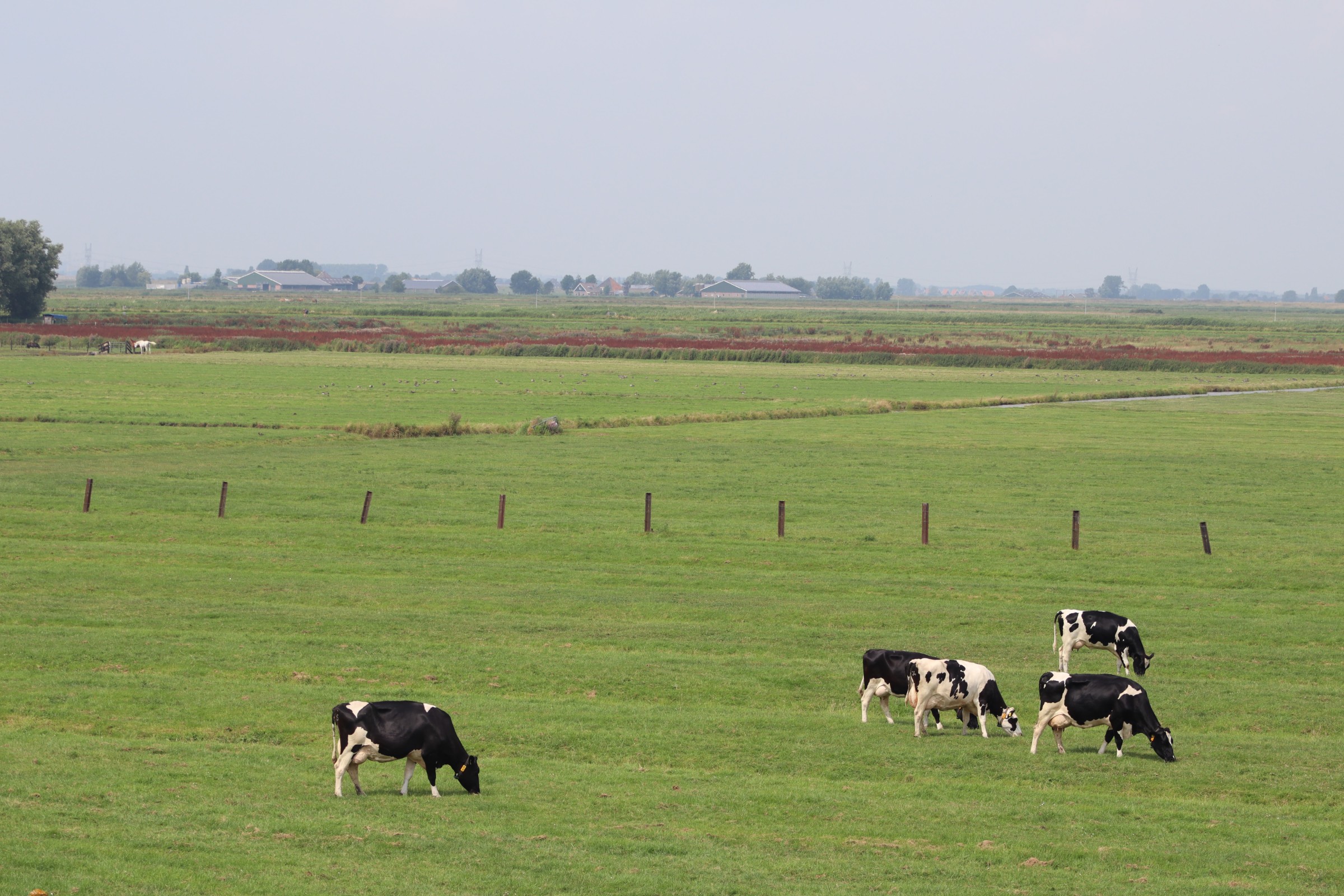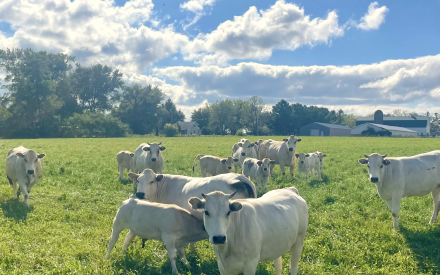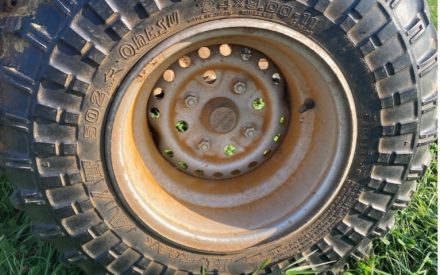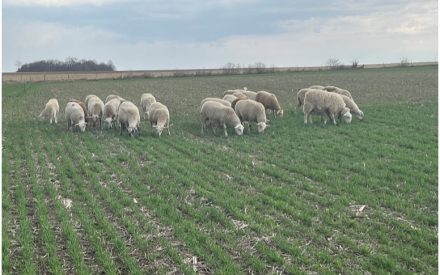When the calendar turns to August, it’s usually time to think about setting pastures up for stockpile grazing. Stockpile grazing is the practice of letting pastures grow through fall (usually 60 days or more) until frost, and then grazing them as far into winter as conditions allow. Stockpile grazing is often set into motion in early August harvest. Successful stockpiling is dependent on fall moisture which is normally adequate and abundant in much of the state. Although it’s been an exceptionally dry summer, some areas are beginning to receive more regular rainfall. If the outlook for more normal fall rains is favorable, you may be able to make up for some of the pasture losses you’ve experienced through stockpiling.
If you are experiencing some much-needed late-summer rainfall, you may be considering taking an extra cutting of hay to make up for lower forage yields over summer. Stockpile grazing may be a more economical use of that forage. Mechanical harvesting carries much more cost than grazing, and it can also be very difficult to get forage dried to the proper moisture for hay in late-summer/early-fall. Farmers should consider the tradeoff: harvest more hay to build the supply of winter feed, or extend the grazing season to minimize the amount of winter feed needed? For those considering the latter, the attached Extension Publication summarizes research conducted in Wisconsin describing the steps necessary for successful stockpiling of forages.


 Research Brief: Economics of crop and livestock integration
Research Brief: Economics of crop and livestock integration Managing Rust in Cool Season Pastures
Managing Rust in Cool Season Pastures Grazing Cover Crops and Annual Forages
Grazing Cover Crops and Annual Forages Grazing to Protect Surface Water: Considering critical and sensitive areas
Grazing to Protect Surface Water: Considering critical and sensitive areas


